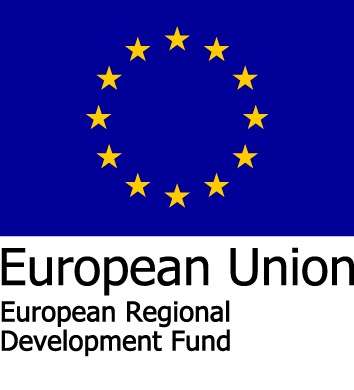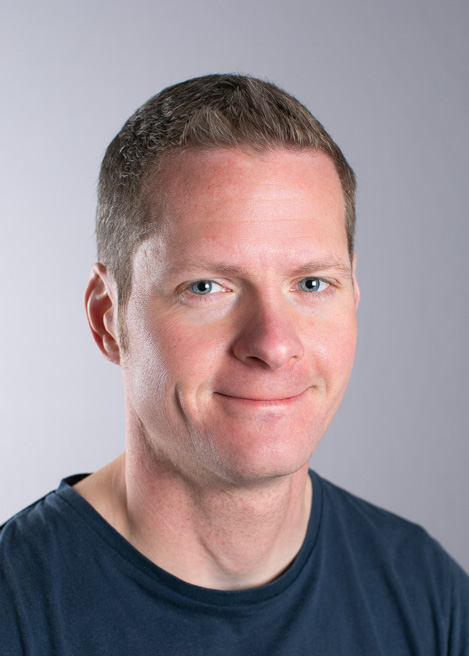HEAWATER
Project duration
Source of funding
Interreg Central Baltic
Total funding
1 898 060 €
HEAWATER aims to reduce the transport of nutrients as well as micro and macro litter from small urban streams to the Baltic Sea.
The Interreg Central Baltic funded project HEAWATER (1.3.2018 – 28.2.2021) targeted the protection and restoration of urban streams in a multi-disciplinary way. The main objective was to pilot a set of different technical solutions for the retention of different pollutants in urban waters in the three pilot cities Turku, Tallinn (Estonia), and Söderhamn (Sweden). The set minimum goal was to reduce pollutant loads by at least 10 % (e.g. for suspended solids, heavy metals and nutrients). Further, the project raised awareness among citizens regarding the environmental importance of urban brooks and rivers and assessed citizens’ willingness to contribute to stream restoration and protection.
Watch a summary of the project’s objectives and achievements or read about the project in a nutshell.
In Turku, the improvement of urban stream water quality and ecosystems was addressed in a multi-disciplinary manner by Turku UAS:
Turku UAS developed a novel filter for deployment in brooks or ephemeral streams (Fig. 1). The filter was designed such that it may be scaled in size to meet the requirements of diverse deployment sites and filled with different filter materials. The filter was capable to retain up to 60 % of heavy metals, suspended solids and 23 % of total phosphorous. Here you can find a detailed visualisation and description of the monitoring done for the validation of the filter system (in Finnish).
Fig. 1: Filter before deployment for testing.
To facilitate education and training regarding the ecological value of urban brooks and ditches, Turku UAS wrote a comprehensive education guide. The guide is addressed at the interested public and upper high school students alike. Have you can learn about the value of urban streams.
The ecological value and environmental pressures on urban brooks are illustrated for the case of the Kuninkoja along the way from its spring, through the city to the sea.
Systematic litter collection and quantification along sections of Jaaninoja and Kuninkoja were done to assess the amount of litter that is deposited along the banks of, or in, brooks and will eventually end up in the sea. Read here a detailed analyses about litter problem (in Finnish). This in-depths study was complemented by litter collection events organised by students and media contributions to raise awareness among the local citizens.
A large-scale survey to assess how citizens value urban waters and their willingness to pay for their protection or restauration was done by our project partners from the Finnish Environment Institute (SYKE). Have a look at the results (in Finnish). The study also included a light cost-benefit analyses for the implemented solutions and stream restauration measures.
The multitude of technical solutions that exist for urban stream protection, restauration and pollutant retention, and the ones that have been developed or adapted by the HEAWATER project, have been complied in a decision support tool (DST). The tool should facilitate the selection of suitable measures for certain application options. For instance, main environmental pressures or space availability. The tool is addressed at non-experts that are involved in the planning process for decentralised management solutions that utilises natural elements.


Contact Us
Partners
Tallinn City Government
Tallinn University of Technology
Municipality of Söderhamn
Finnish Environment Institute
Meet the research group
-
Research group
Cognitive Technologies Research Group, CoRe
See all our projects
We carry out nearly 200 RDI projects annually together with working life and our international partner networks.

